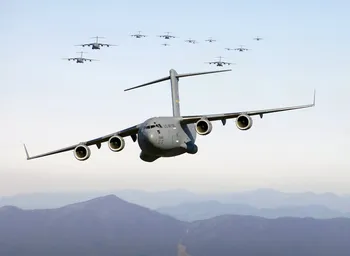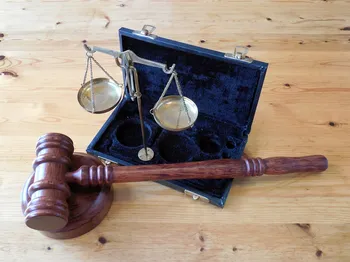The outcomes should contribute to:
- Incentive EDTIB to invest in the development of innovative stand-off ASW engagement capabilities.
- Reduce development risk for EDTIB.
- Reduce time to market of the required capability.
Modern submarines are equipped with long-range heavy weight torpedoes (HWT) or sub launched anti-ship missiles. Both effectors normally exceed the range of surface ships organic underwater sensors and effectors. To be able to engage adversary submarines outside the torpedo danger zone, usually lightweight torpedoes (LWT) are deployed by aerial assets equipped with underwater (UW) sensors, such as organic anti-submarine warfare (ASW) Helicopters or Maritime Patrol Aircraft (MPA). Alternatively, torpedoes can be equipped with a booster rocket to engage submarines at range.
However, aerial assets are dependent on weather conditions and bound to deck-cycle times, limiting their availability. Additionally, current developments could lead to an air defence capability of submerged submarines, putting valuable manned airborne assets at risk.
It is essential for the survivability of a surface warship to be able to engage and neutralise an adversary submarine outside its effective weapon range when the mission dictates that evasion is not possible. The engagement capability must consequently be available at any time and within short notice, even outside of the deck cycles of the
...




